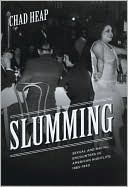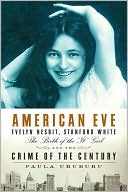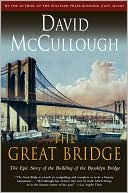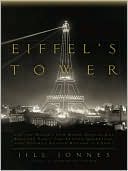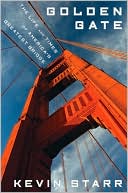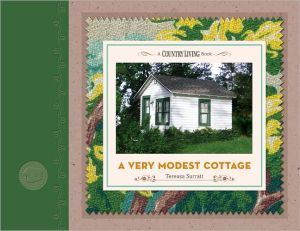Slumming: Sexual and Racial Encounters in American Nightlife, 1885-1940
Search in google:
In this fascinating history, Chad Heap reveals that the reality of slumming was far more widespread—and important—than nostalgia-tinged recollections would lead us to believe. From its appearance as a “fashionable dissipation” centered on the immigrant and working-class districts of 1880s New York through its spread to Chicago and into the 1930s nightspots frequented by lesbians and gay men, Slumming charts the development of this popular pastime, demonstrating how its moralizing origins were soon outstripped by the artistic, racial, and sexual adventuring that typified Jazz-Age America. And while Heap doesn’t ignore the role of exploitation and voyeurism in slumming—or the resistance it often provoked—he argues that the relatively uninhibited mingling it promoted across bounds of race and class helped to dramatically recast the racial and sexual landscape of burgeoning U.S. cities. “Exhaustively researched and beautifully written. . . . Vivid and astonishingly detailed.”—George Chauncey, author of Gay New York “This is a beautiful book that will be a milestone in our understandings of sexuality, race, normalcy, and metropolitan American modernity.”—American Historical Review Choice"'Slumming' is the concept of people seeing 'how the other half lives.' People went slumming either as an academic pursuit or with prurient interests, or both. Beginning in the 1880s with white males visiting prostitutes or gamblers in the working-class and immigrant neighborhoods in New York's Harlem and Chicago's Bronzeville, slumming extended to middle-class whites visiting these areas, usually in the company of a police officer, as a new form of recreation spurred by curiosity and desire. Heap sees four phases of slumming in this fascinating, readable, but hardly titillating history. The red light phase ran from the 1880s to WW I, which overlapped the bohemian phase during the 1910s and 1920s. The Negro phase, perhaps the best known in popular imagery, ran through the 1920s and 1930s, overlapping and succeeded by the pansy/lesbian phase, which continued through the 1940s. Throughout, Heap highlights his monograph with detailed accounts of black and tan cabarets, tearooms, and rent parties that broadened the perspectives of both visitors and residents. . . . Recommended. All levels/libraries."--Choice
List of Illustrations Acknowledgments Introduction Part I The Spatial Dynamics of Slumming and the Emergence of Commercial LeisureChapter 1Into the Slums The Spatial Organization, Cultural Geography and Regulation of a New Urban Pastime Chapter 2Beyond the Slums Commercial Leisure and the Reorganization and Policing of Urban SpacePart II The Changing Conceptualization of Sexuality and Race in the Slumming Vogues of Chicago and New YorkChapter 3Adventures in the Slums and Red-Light DistrictsChapter 4The Search for Bohemian “Thrillage”Chapter 5The Negro Vogue Excursions into a “Mysterious Dark World”Chapter 6The Pansy and Lesbian Craze in White and BlackEpilogue List of Abbreviations Notes
